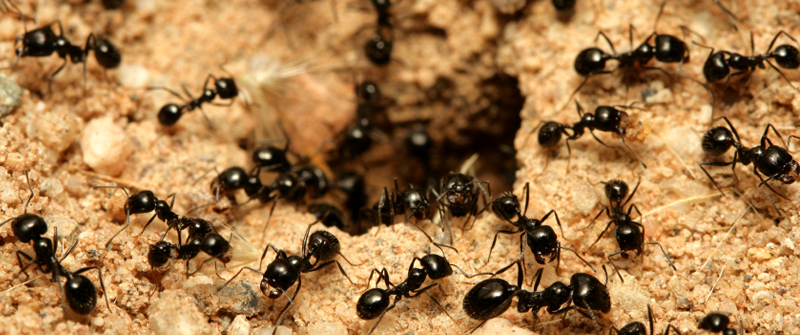Veterinary and engineering researches at the University of Saskatchewan have come together to create an imagining technology to further understand the unknown of the gut of a horse. A veterinary researcher Dr. Julia Montgomery, equine surgeon Dr. Joe Bracamonte and specialist in health informatics and imaging Khan Wahid teamed up and created and tested an endoscopy capsule, the size of a typical vitamin, to view the inside of a horse.
Before this research there were no other ways to view the small intestine besides exploratory surgery or a laparoscopy. A laparoscopy is a small tube with a light that gets inserted through an incision. Neither of these options gives the view from inside of the intestine.
This new capsule is a powerful innovation that can be used to diagnose diseases such as cancer, inflammatory bowel disease and to check surgical sites. This can determine and prove what is normal of the small intestine.
This capsule is not new in the technology with humans but is very new to the equine health world. The capsule is inserted through a stomach tube into the horses stomach. The capsule then sits in the stomach for eight hours streaming a constant picture.
With new technology we can make major advances in equine medicine and help many horses.
-Emily Mueller (Group 2)








